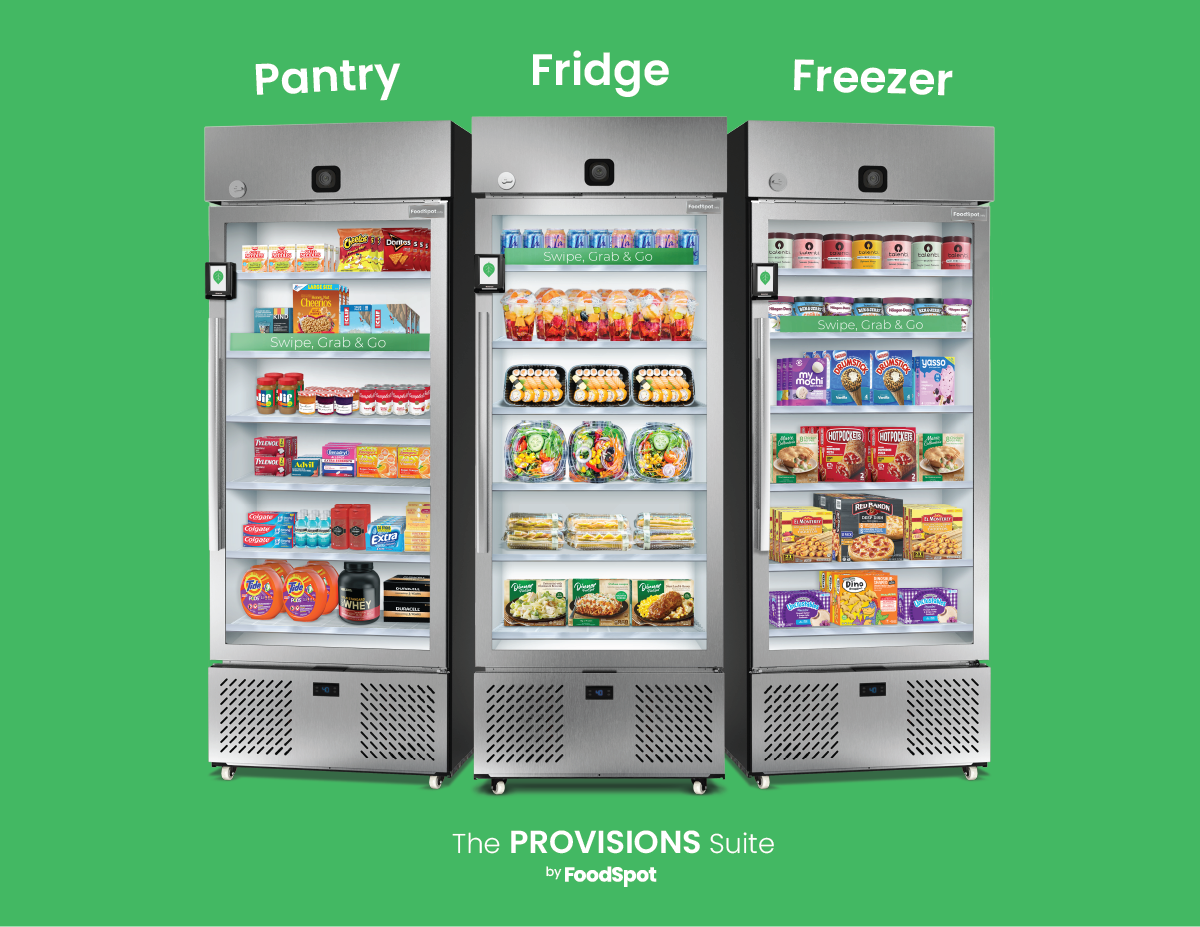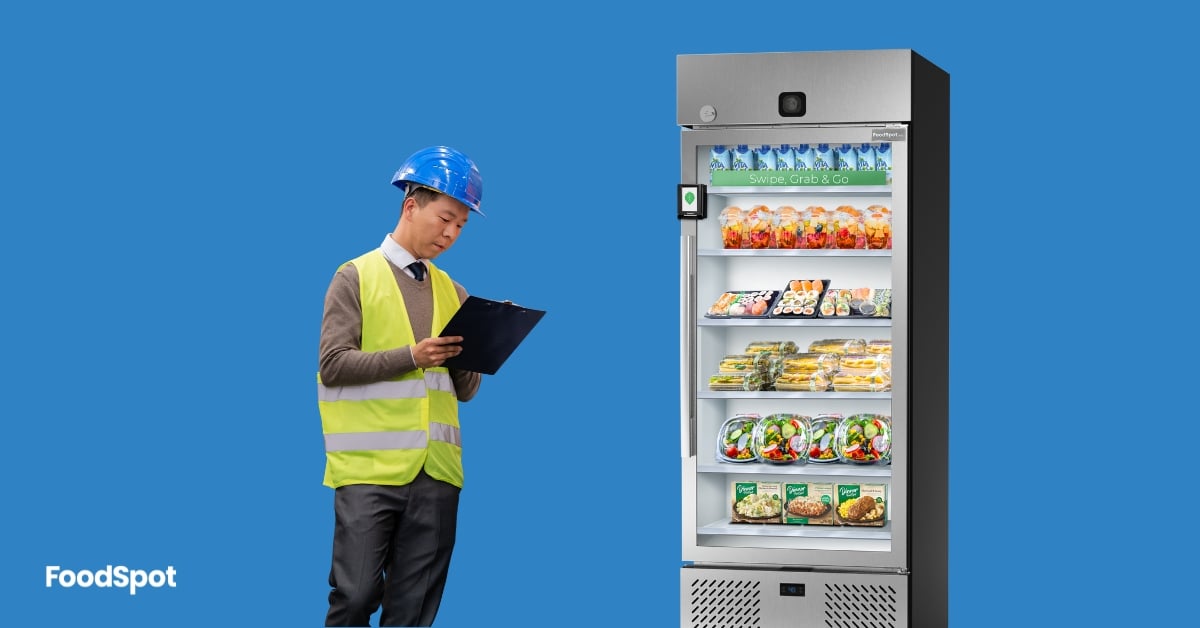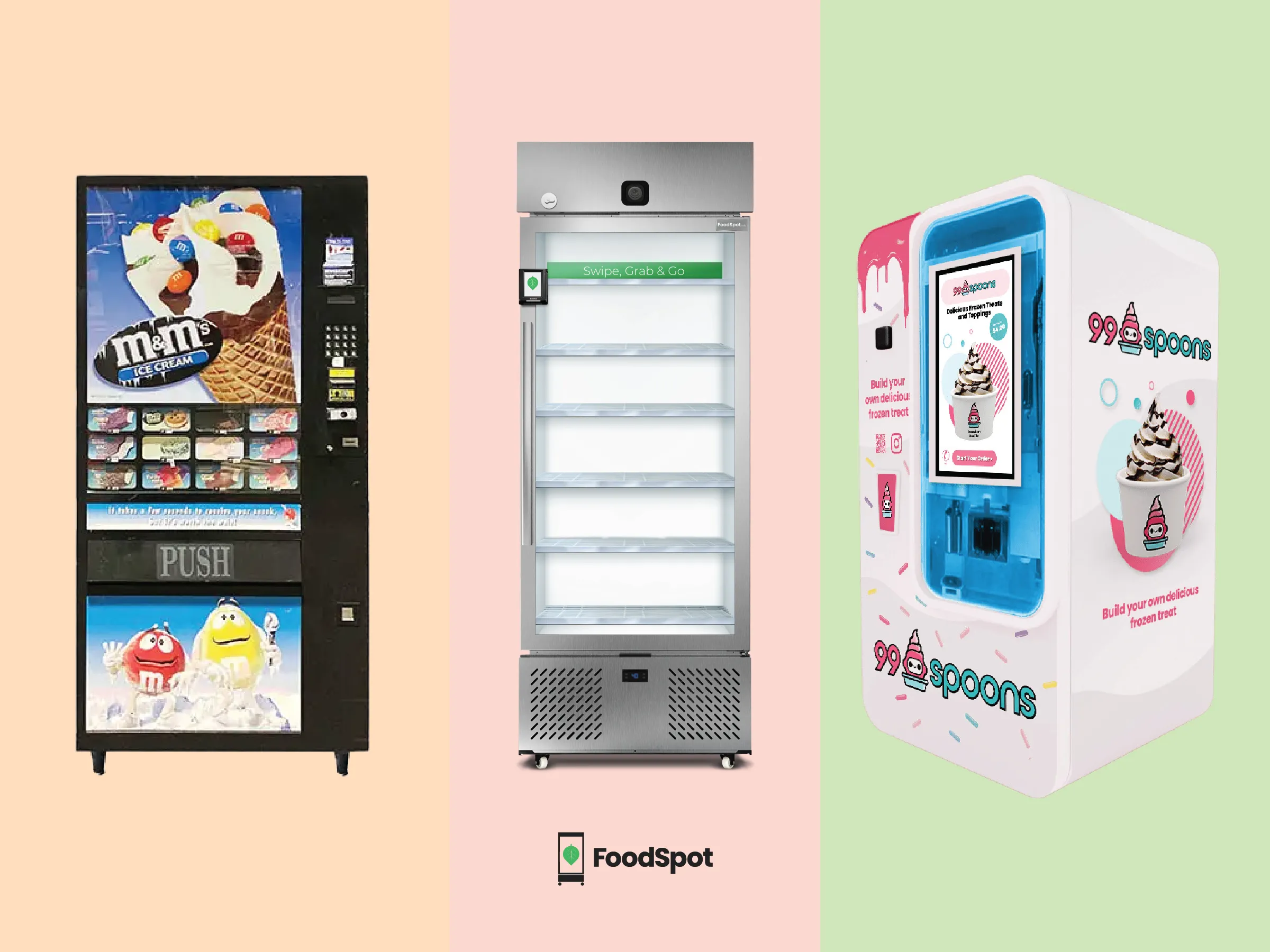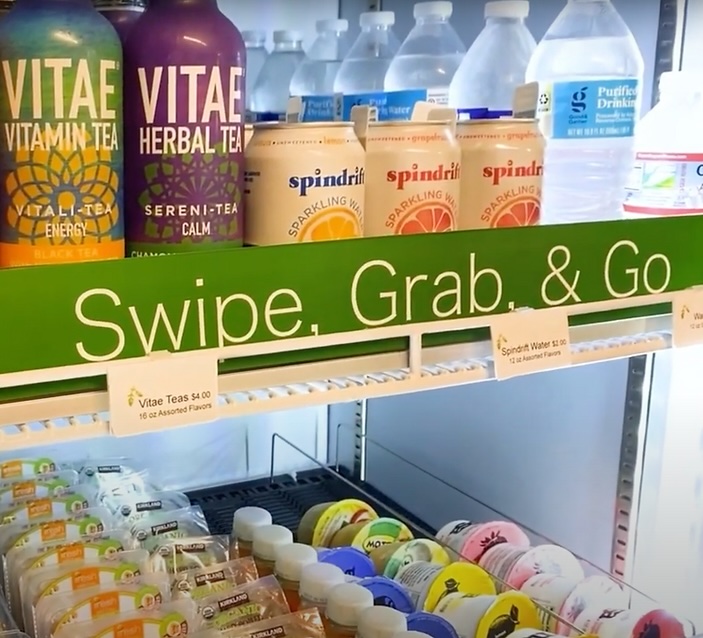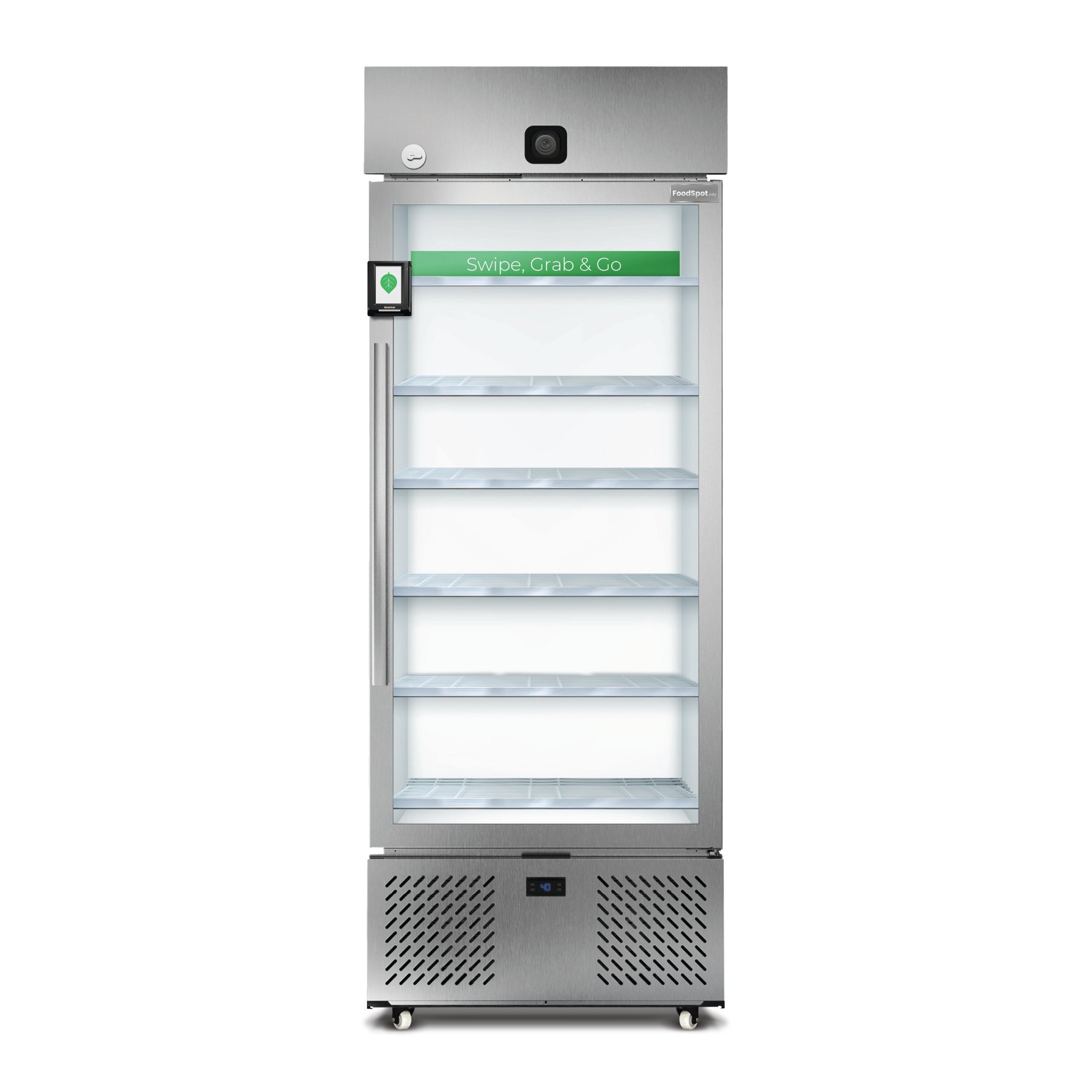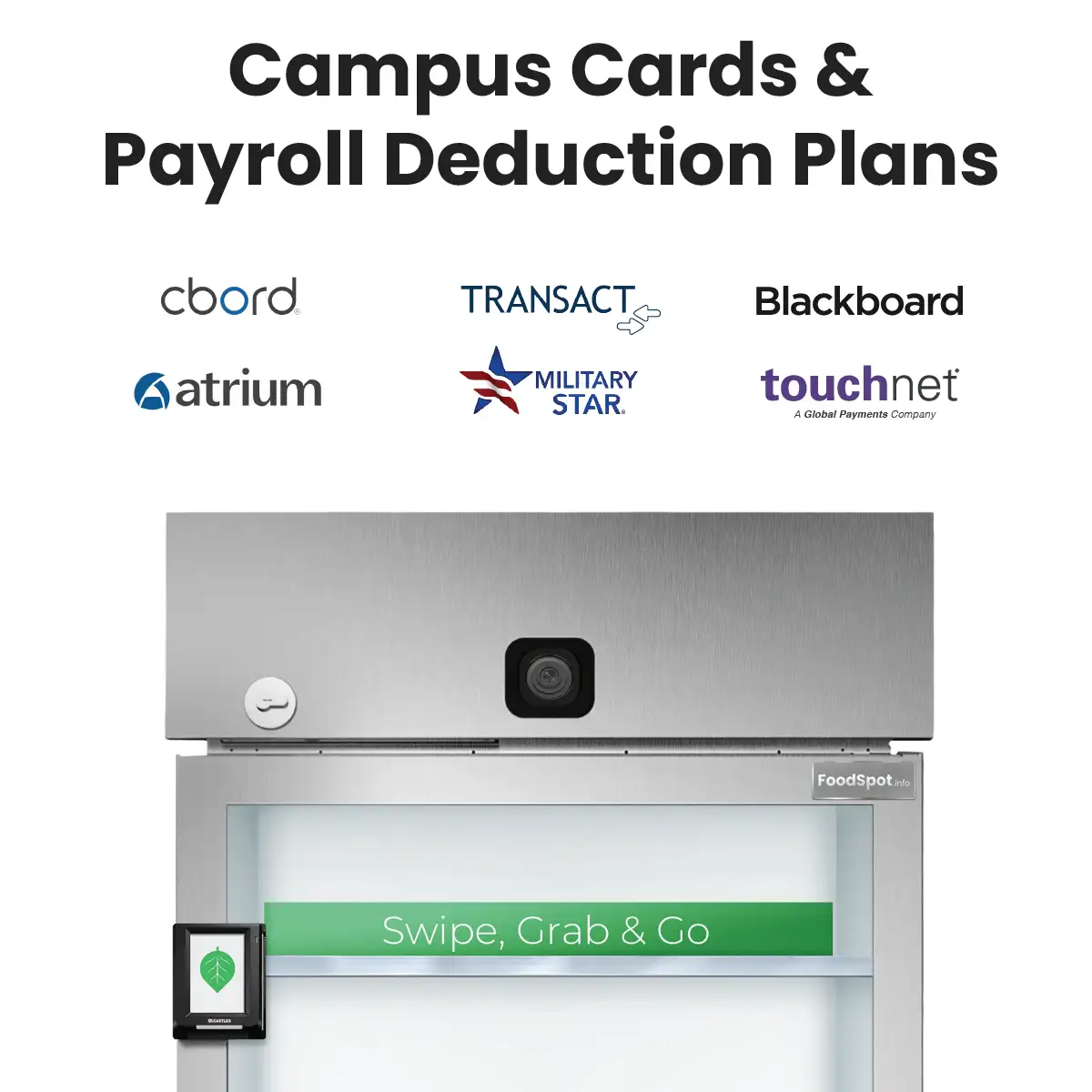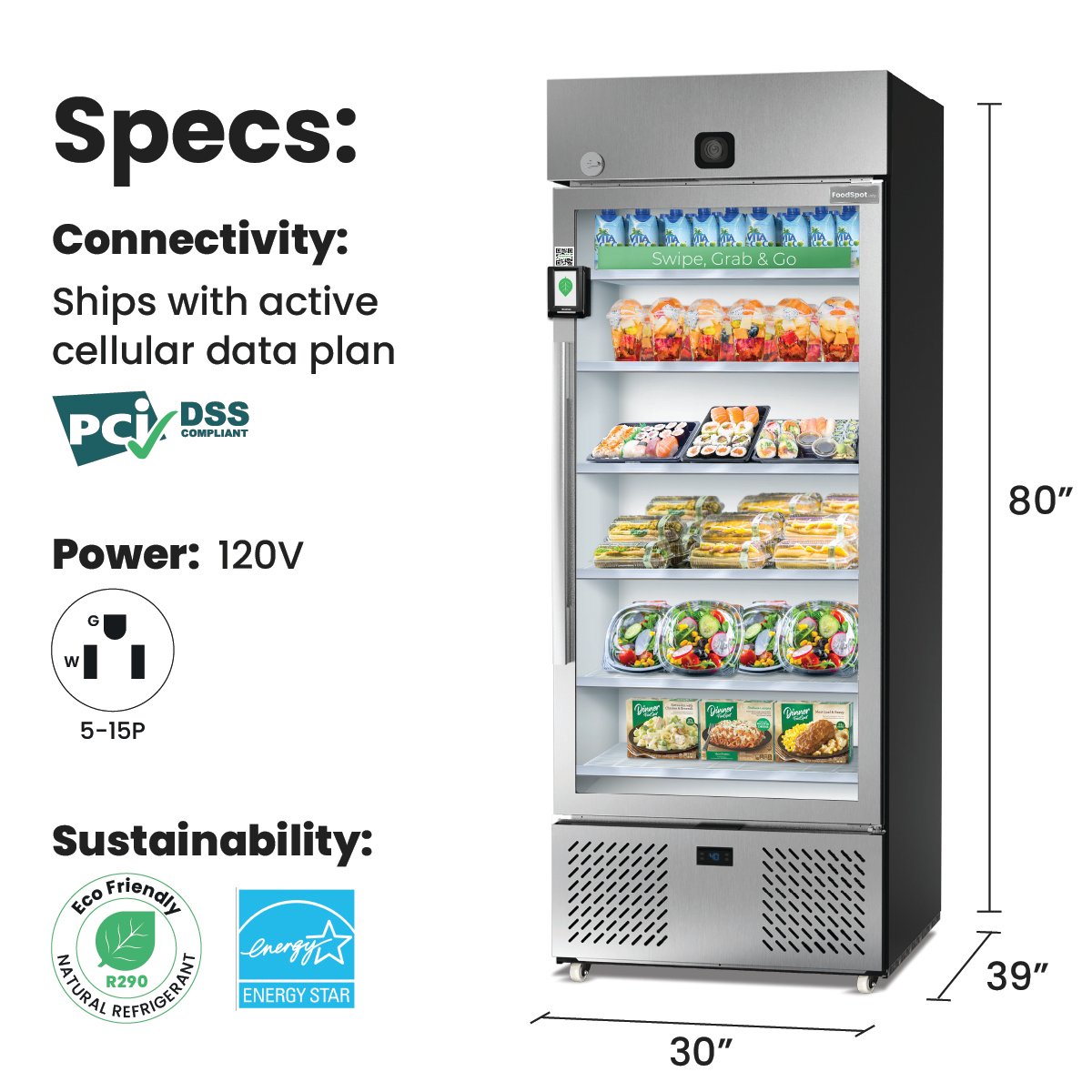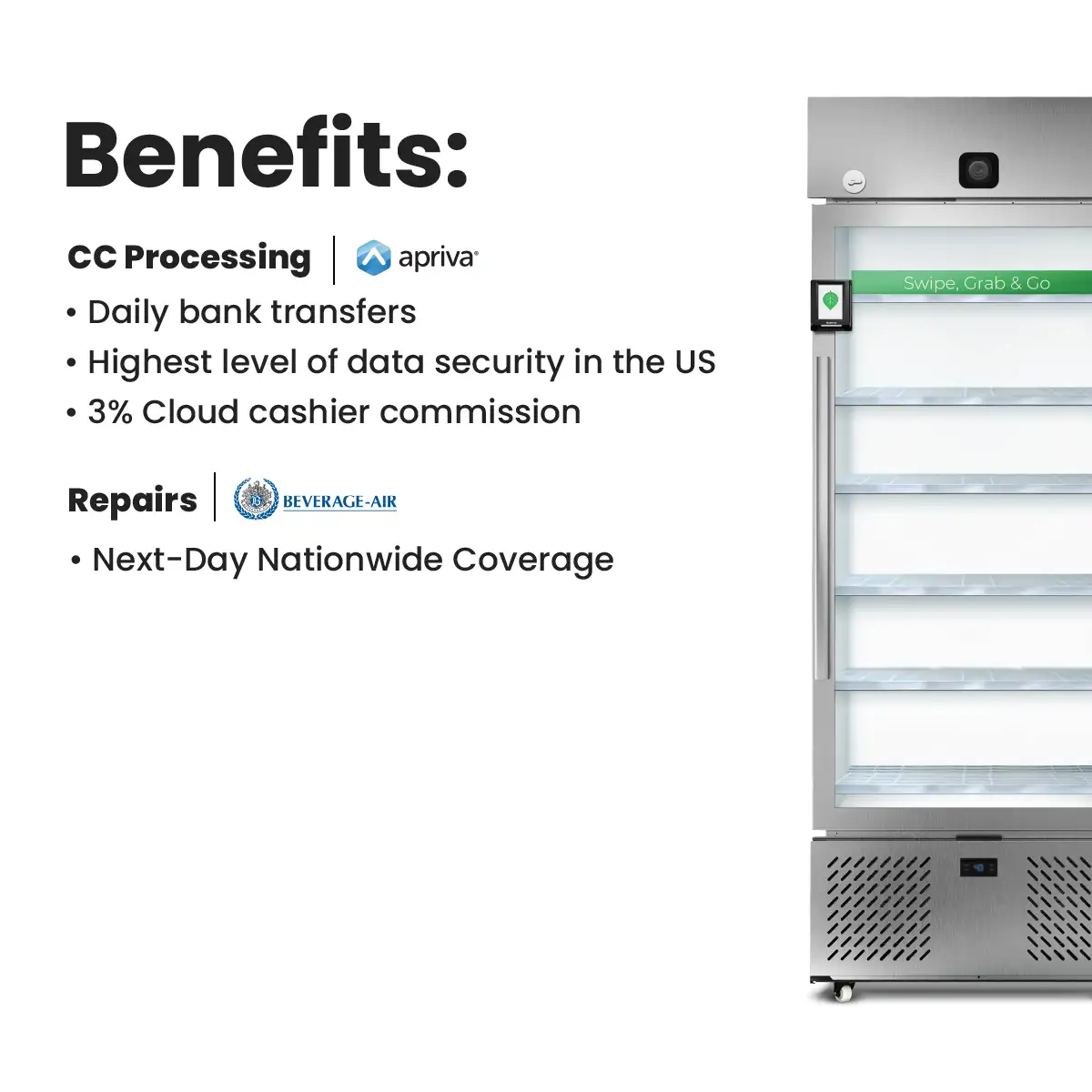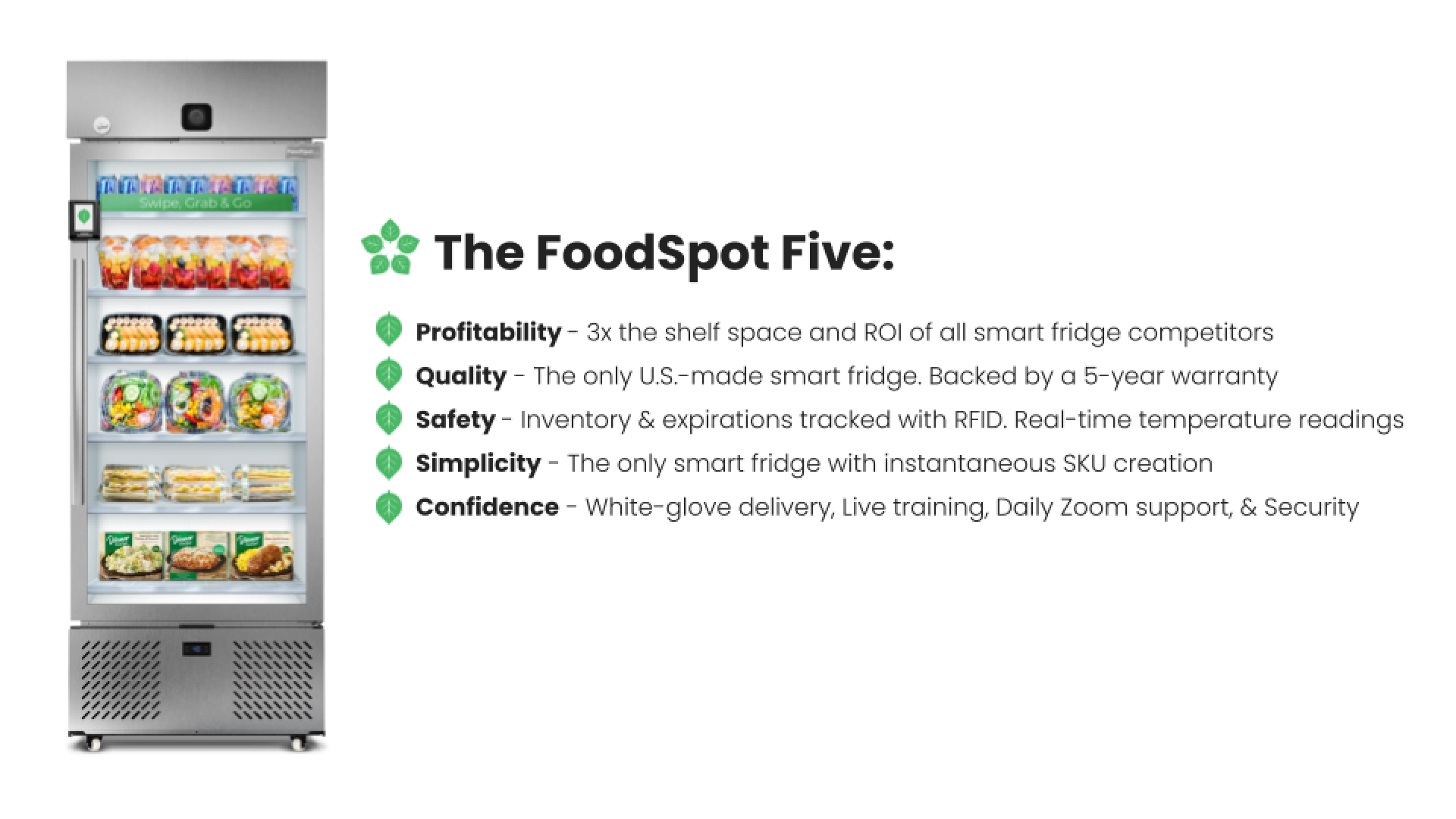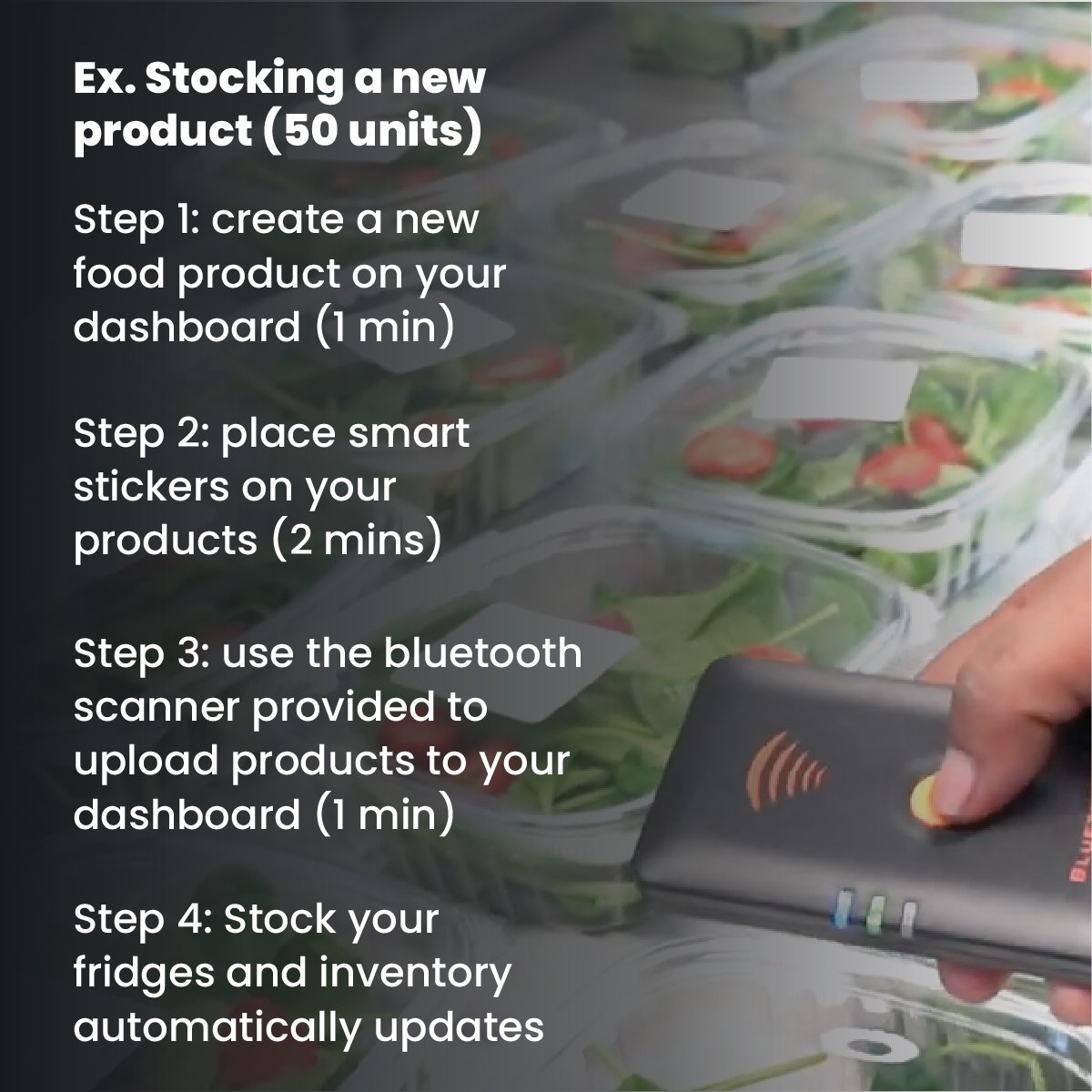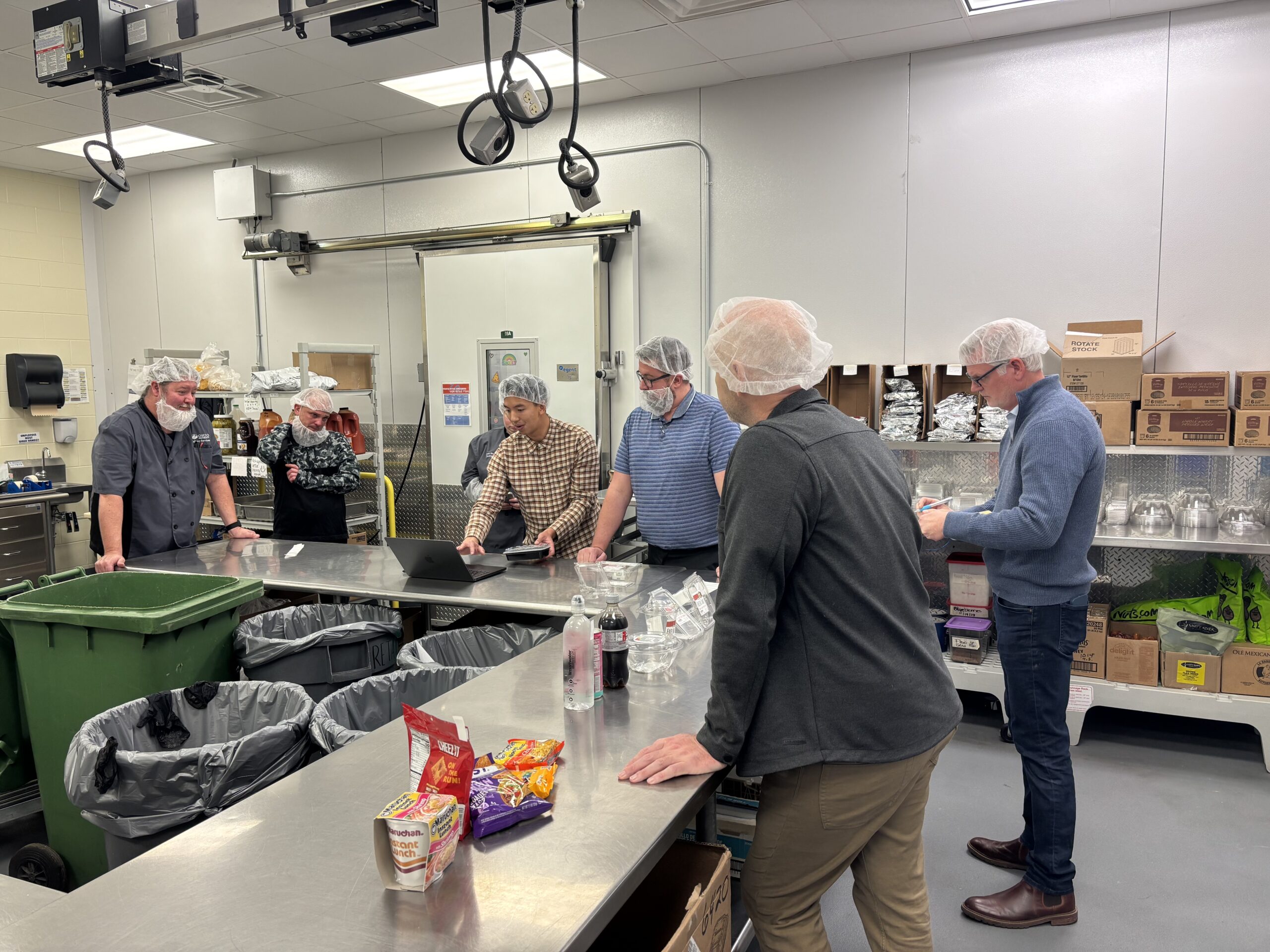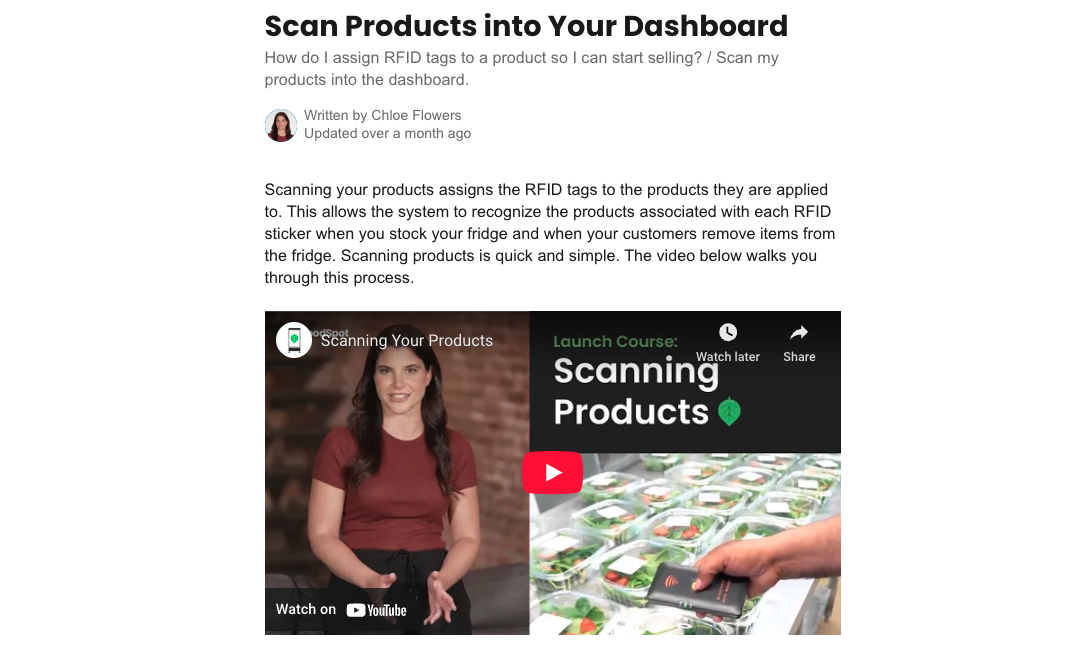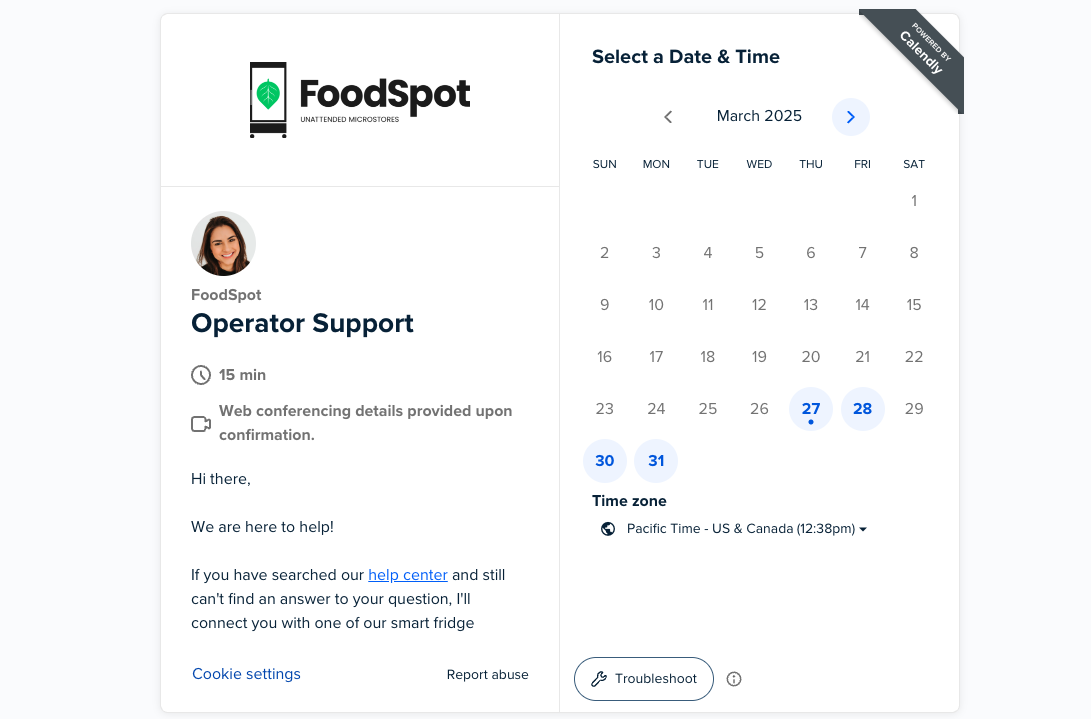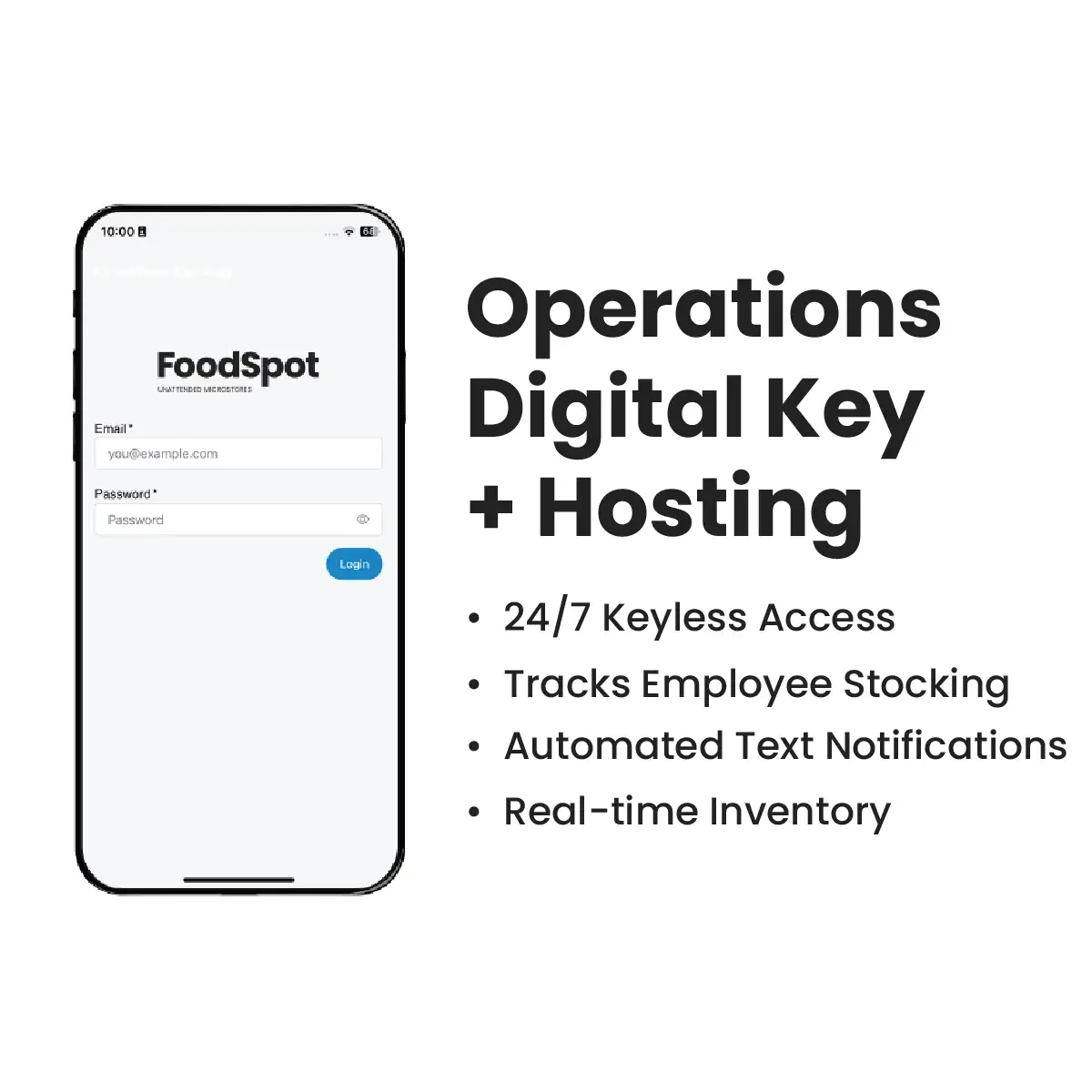We believe it is better to think about smart vending machines as fresh food retail, or microstores, as we like to call them. Unlike traditional vending, you will have a brand-forward presence, significantly higher prices, and more complexity with expirations and logistics. Attention to these fresh food retail details translates into consumer confidence and ultimately higher sales.
Similar to asking “How much does a restaurant make”, there are no cut-and-dry answers, but we can walk through the sensibilities of sizing up the investment.
You may be a food creator, like a restaurateur, or someone like a hospital administrator who has a broader view of what a fresh food vending benefit may look like. For those reasons, we will take a high-level view:
Types of ROI
- Fresh Food Accessibility for the People
- Brand Exposure
- Displaced Cost
- Business Model Diversification
- Profit
Most commonly, fresh food companies see a blended ROI from the examples above. In some situations, fresh food accessibility for nurses at 2 am or college students at 11 pm could alone justify the purchase of a health food vending machine. Similarly, brand exposure for launching a microstore in an A+ location could be fully supported by a marketing budget. The third ROI, displaced cost, refers to online companies that save significantly on customer acquisition and next-day shipping by opening smart vending locations. Eventually, these online brands identify consumer density and can stock one fridge instead of shipping to individuals. Business model diversification simply refers to adding an agile retail arm for your business; as the world evolves, you are empowered to turn on a dime.
Let’s talk about profit, as it’s likely the top consideration for assessing ROI. As referenced above, there are many variables: location, product mix, proximity to the kitchen, etc. With a smart fridge, you get to take off a handful of restaurateur hats but you still need attention to detail for launching your brick-and-mortar microstores.
Reiterating the complexity of answering “How much does a restaurant profit”, here are some baseline sensibilities:
- COGS: food cost, packaging, and labor should not exceed fifty percent of your retail price. Most often you would need to be a seasoned operator with pre-existing operations to hit these kinds of metrics.
- Location: getting a great footprint inside a building that is heavily trafficked by your target audience is paramount. Spend the time on the front end getting into an A+ location instead of spending time getting out of a bad location on the back end.
- Logistics: gas and labor prices make decisions easy, and proximity rules
- Scale: Typically there are milestones for achieving economies of scale, the first happens for operators around their 10th microstore location.
All considerations are finely tuned, a microstore with the same products could be in Grand Central Station selling $7k per month or the countryside hospital selling $700 per month.
If you have specific locations in mind that have expressed interest in giving you a space to open a microstore, I invite you to reach out to us to talk through your scenario. We can share our insights to help you size up the opportunity. A great place to start is by emailing us and requesting an ROI calculator.


